This article was medically reviewed by Luba Lee, FNP-BC, MS. Luba Lee, FNP-BC is a Board-Certified Family Nurse Practitioner (FNP) and educator in Tennessee with over a decade of clinical experience. Luba has certifications in Pediatric Advanced Life Support (PALS), Emergency Medicine, Advanced Cardiac Life Support (ACLS), Team Building, and Critical Care Nursing. She received her Master of Science in Nursing (MSN) from the University of Tennessee in 2006.
There are 9 references cited in this article, which can be found at the bottom of the page.
This article has been viewed 32,408 times.
Pica is an eating disorder that causes people to compulsively eat items not designated for eating. A person with pica might eat relatively harmless items such as ice cubes or may potentially eat dangerous things like dried paint flakes that can result in poisoning. An underlying cause of pica can be a nutritional deficiency or developmental disability, which makes people crave nonfood things. Pica can develop in any person, but it is most common in children, pregnant women, and individuals with intellectual disabilities. It can also develop as a coping mechanism. Although pica is usually temporary, it can have potentially serious consequences.[1] You can recognize pica by identifying physical symptoms and observing emotional signs.
Steps
Physical Symptoms
-
1Watch eating patterns. A person with pica usually maintains a regular diet of food along with eating non-food items. Pica is present when a person eats non-food items consistently for at least a month. If you suspect that you or another person has pica, keep a mental note or journal of eating habits. This can help identify patterns in consumption that may indicate pica. Some common items a person with pica eats include:[2]
- Ice
- Chalk
- Soap or laundry starch
- Clay, dirt, or sand
- Hair
- Cigarette butts or ashes and/or burnt matches
- Paint, glue, plaster or chalk
- Feces
- Talcum powder, cornstarch, or baking soda
- Toothpaste
- Mothballs
- Stones
- Coffee grounds
-
2Look for physical manifestations of pica. People who have pica eat items that are not appropriate for their age or cultural practices.[3] Eating these non nutritive things can have various symptomatic manifestations from mild to severe. Manifestations may include:[4]
- Constipation or intestinal obstruction
- Diarrhea
- Intestinal hemorrhage
- Severe tooth abrasion
- Tooth loss
- Choking
Advertisement -
3Consider prior medical conditions. If you suspect you may have pica, think about prior visits to your doctor or medical conditions you’ve had. A person with pica may be more susceptible to certain conditions than others who don’t consume non-nutritive food items. You may have pica if you eat non-food items and have had one of the following health issues:[5]
- Lead poisoning or complications thereof
- Infections from parasites from animals, especially dogs and cats
- Round worm infections
- Intestinal ulcerations or perforations
- Iron or zinc deficiency syndromes
- GI-tract complications
-
4Check feces for nonfood items. Many small children eat non-food items. If you suspect your child or another person for whom you care has pica, consider checking diapers or in the toilet. You may be able to discern non-food items such as glass, stones, hair, matches, or coffee grounds. Recognize that it may be difficult to difficult to find objects that dissolve in the stomach such as ice, ashes, or soap.[6]
Behavioral Signs
-
1Detect red flags for pica. Like other eating disorders, pica can present with not only physical symptoms, but also behavioral or emotional ones. You may notice certain behaviors that can indicate pica, especially when they’re in conjunction with physical symptoms. These include:
- Skipping meals
- Making excuses for not eating
- Withdrawing from normal social activities
- Leaving during meals to use the bathroom
- Expressing disgust, shame, or guilt about eating habits
- Eating in secret
-
2Acknowledge negative feelings. Individuals with eating disorders often have negative feelings associated with their condition. Acknowledging that you or another person have these types of feelings can help you recognize pica. Negative feelings individuals with pica may have include:[7]
- Confusion
- Anger
- Resentment
- Protective of your habit
- Fear
- Anxiety
- Depression
-
3Put the behavior in context. In some cultures, pica may be a part of everyday life. For example, certain religions and ethnic groups eat clay as a way to treat intestinal issues.[8] However, if eating nonfood items is not a part of your culture or is an inappropriate for the person’s age or developmental stage, it may indicate pica.[9]
- Be aware that pica is common in individuals with intellectual disabilities, autism, other developmental disabilities, or differences in the brain. If a person with any of these conditions is showing signs of pica, talk to them about what they’ve been eating. You may get the answer simply by asking. Seek medical attention to help you deal with potential pica in a person with developmental disabilities.
Understanding Pica
-
1Be aware of risk factors. Pica can affect persons of any age and gender. However, some people may be more susceptible to it. Recognizing your risk factors may help minimize your risk of developing pica. Risk factors include:[10]
- Trichotillomania, or hair pulling disorder
- Excoriation, or skin picking disorder
- Nutritional deficiencies[11]
- Dieting
- Parental neglect such as food deprivation or lack of supervision
- Mental health conditions such as obsessive-compulsive disorder (OCD) and schizophrenia
- Intellectual and developmental disabilities, including autism
- Pregnancy
-
2Recognize complications of pica. Many people with pica may eat seemingly harmless substances such as ice. But in other cases, eating non-food items constantly can result in severe medical conditions and even death. Some of the complications of pica include:[12]
- Depression and anxiety
- Problems with growth and development
- Social and relationship problems
- Substance use disorders
- Problems at work or school
- Lead poisoning
- Parasitic infections
- Tooth and mouth injuries
- Complications from lead poisoning[13]
- Intestinal poisoning
- Intestinal blockages and/or perforation
-
3Seek medical attention. If your child consumed a harmful substance, seek medical care immediately. If you or another person are at risk for pica and suspect or recognize that you have the disorder, it’s important to see your doctor as soon as possible. Your healthcare provider can check for anemia or other nutritional deficiencies as well as screen for lead poisoning and parasites. Children 2 years old or younger who live in locations where at least one third of the houses were built before 1950 are especially vulnerable and therefore should be screened for lead. Getting medical treatment for pica can help prevent serious further medical conditions.[14]
- Be aware that an eating disorder like pica can be difficult to manage on your own. Medical attention is the best way to get your pica under control.
- Tell your doctor about your problem honestly, even if it is embarrassing. This can help your doctor develop an accurate diagnosis and treatment program for you. Remember, a doctor is not there to judge, but help you.
- Recognize that your doctor may suggest treatment that includes therapies to remove toxic substances from your body or correct nutritional deficiencies. Your doctor may also suggest meeting with a psychologist, psychiatrist, social worker, or dentist to treat underlying causes.[15]
References
- ↑ https://www.ncbi.nlm.nih.gov/books/NBK532242/
- ↑ https://www.nationaleatingdisorders.org/learn/by-eating-disorder/other/pica
- ↑ http://kidshealth.org/en/parents/pica.html#kha_21
- ↑ https://familydoctor.org/condition/pica/
- ↑ http://emedicine.medscape.com/article/914765-overview
- ↑ http://kidshealth.org/en/parents/pica.html#
- ↑ https://www.nimh.nih.gov/health/topics/eating-disorders
- ↑ https://pubmed.ncbi.nlm.nih.gov/23059587/
- ↑ http://kidshealth.org/en/parents/pica.html#kha_21
- ↑ https://www.nationaleatingdisorders.org/learn/by-eating-disorder/other/pica
- ↑ http://kidshealth.org/en/parents/pica.html#kha_21
- ↑ https://www.aafp.org/afp/2001/0315/p1177.html
- ↑ http://emedicine.medscape.com/article/914765-overview
- ↑ https://familydoctor.org/condition/pica/
- ↑ http://emedicine.medscape.com/article/914765-overview
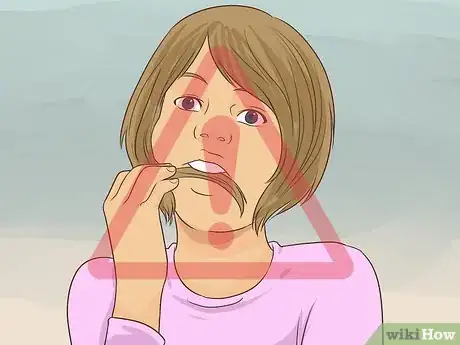
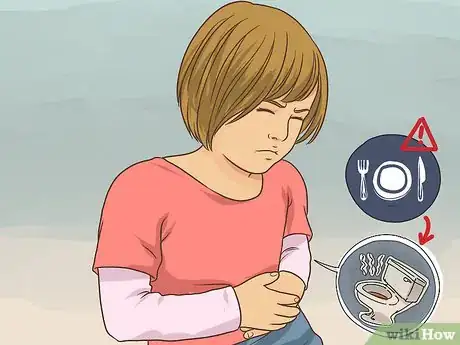
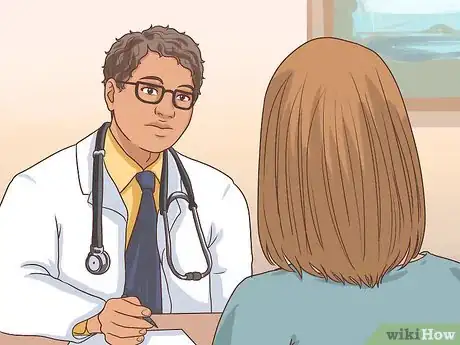
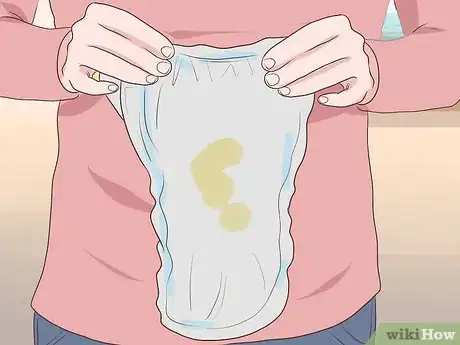

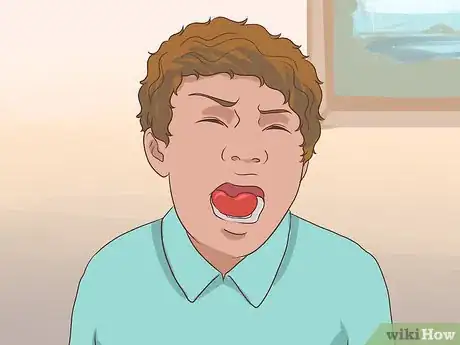

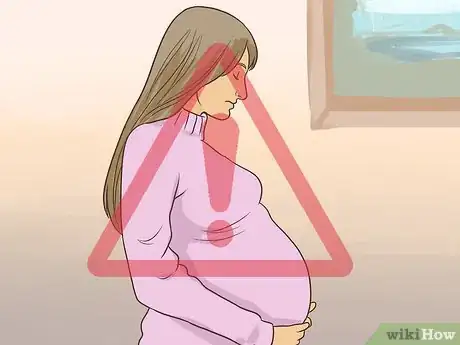
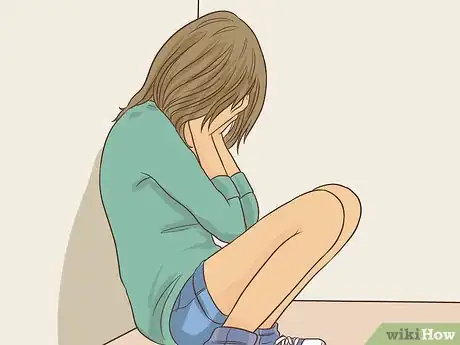
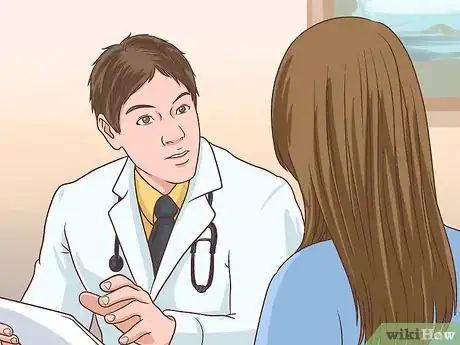


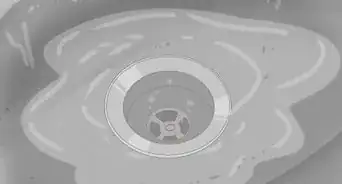
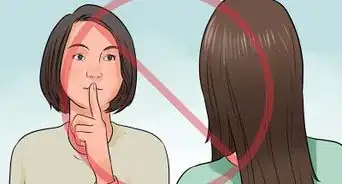
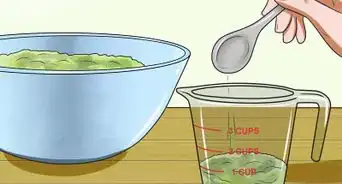
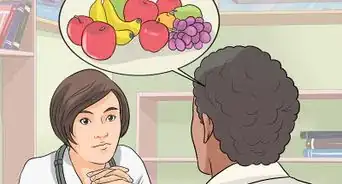

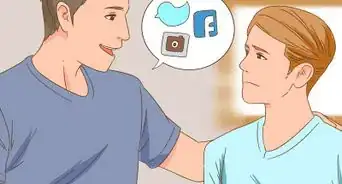

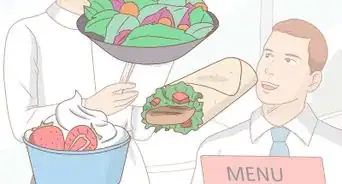
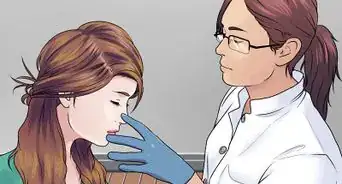
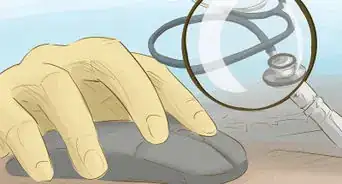
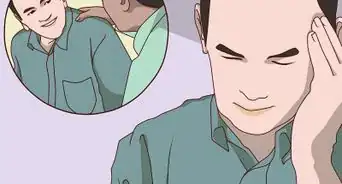










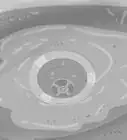




































Medical Disclaimer
The content of this article is not intended to be a substitute for professional medical advice, examination, diagnosis, or treatment. You should always contact your doctor or other qualified healthcare professional before starting, changing, or stopping any kind of health treatment.
Read More...